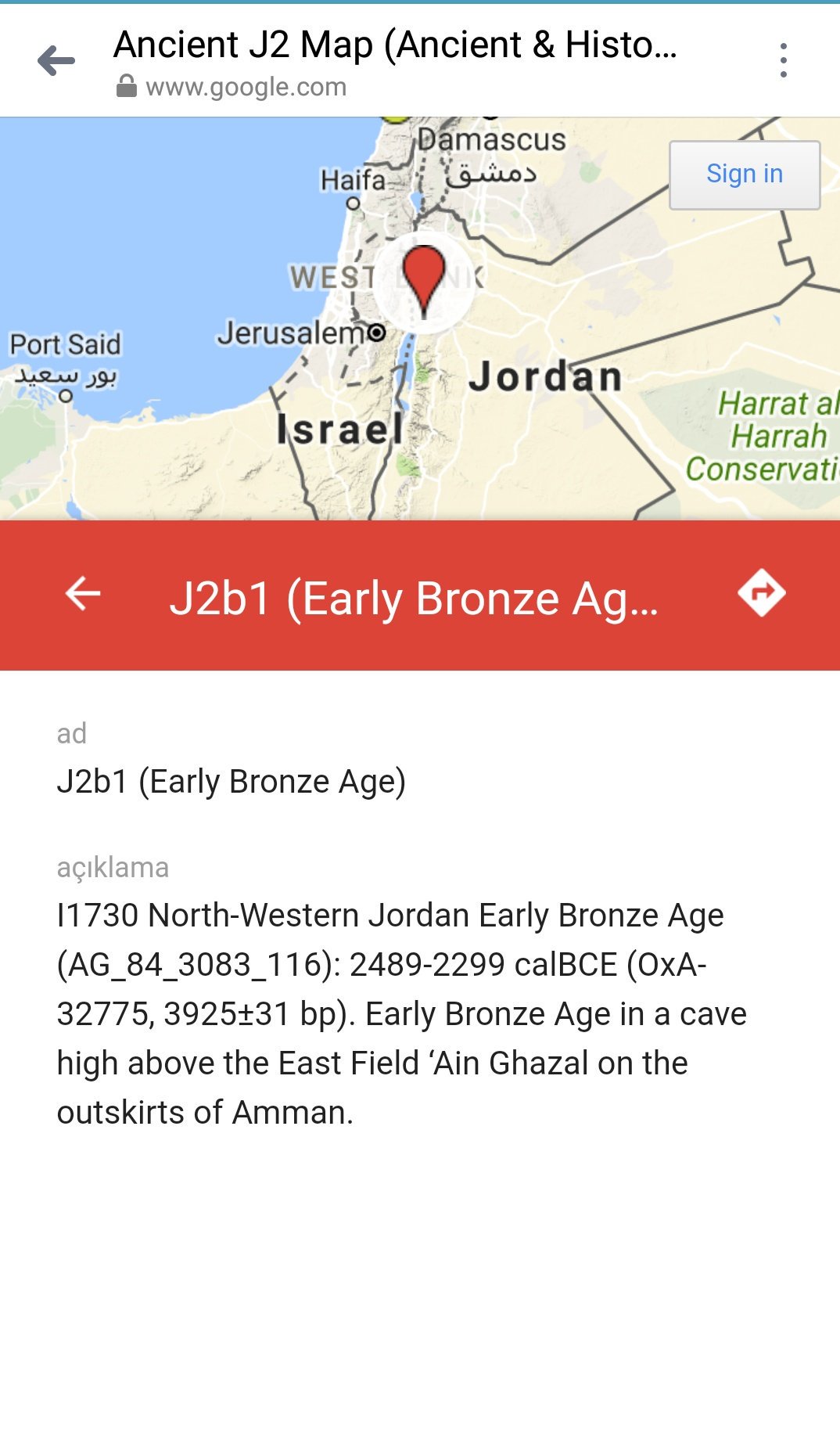Mich Glitch
Regular Member
- Messages
- 76
- Reaction score
- 3
- Points
- 0
- Y-DNA haplogroup
- J2b1
- mtDNA haplogroup
- H6a1a5
0.08 it's about 1000 YBP.
Follow along with the video below to see how to install our site as a web app on your home screen.

Note: This feature currently requires accessing the site using the built-in Safari browser.
The last word.
I find funny two things:
1. To attribute all J2b samples to Jews.
2. To attribute the origins of all possible subclades to Albania.
For STR markers I have only this:
View attachment 9971
and that:
View attachment 9972
All other samples are with genetic distance more than 0.25.
There are two reasons why those samples shown above are the nearest to me even with different subclades:
1. Homoplasy.
2. Infinite alleles model. For big GD (genetic distances) more logically to use stepwise mutation model.
I've received the results for J2b2. BigY + YFull (VCF).
Here is the tree (ID: YF13147).
*** This is not for J2b1 thread, but anyway.
Im going little offtopic here, i would say your uncle is J2b2>Z1825>M241>L283>Z638>Z1296>Z1297>Z631+
Maybe J-Y29718 as it was already found in Poland.
While my uncle one is J2b2>Z1825>M241>L283>Z638>Z1296>Y20899>PH1751
Two different paradigms:
1. Isolated. I.e. there is a closed and stable autochthonous group.
2. Rare. Infrequent. No too much descendants. It could be from anywhere. Even something like this: Fertile Crescent - Lebanon - Egypt - Roman Empire - England - Poland. Who knows.




A number of monumental lime plaster and reed statues dated to the Pre-pottery Neolithic B period have been discovered in Jordan, at the site of Ayn Ghazal. A total of 15 statues and 15 busts were discovered in 1983 and 1985 in two underground caches, created about 200 years apart.
Dating to between the mid-7th millennium BC and the mid-8th millennium BC, the statues are among the earliest large-scale representations of the human form, and are regarded to be one of the most remarkable specimens of prehistoric art from the Pre-Pottery Neolithic B period.They are kept in the Jordan Museum in Amman.




This thread has been viewed 198740 times.
